The 7 steps of procurement
Procurement is a series of steps or processes that an organisation needs to go through to obtain goods or a service that is required to help achieve their tasks or complete a project.
Procurement is a huge part of business, clients will need to work with the best local suppliers to complete their jobs and if done correctly, procurement will help them achieve those goals in the best possible time and finished to a high standard.
There are several steps involved in every procurement process, below are the 7 most common stages involved in the process and things you should be aware of before entering any negotiations.
Step 1. Identify purchase needs
The first stage of procurement normally involves outlining the goods or services that are required and then talking about cost, time and any other factors that will need to be considered.
Step 2. Browse for suppliers
Once you have agreed that there is a need to outsource the service or goods, you will then need to start looking for suppliers. You should make sure that the suppliers are able to fulfil what you require. It is also worth looking for reviews on any potential suppliers before making your choice.
Step 3. Negotiate with select suppliers
Once you have chosen your preferred suppliers, your next job is to come to an agreement with them and sort contracts. This is a crucial part of the process, both parties need to make sure the price is fair and beneficial for both sides. It is also a good time to add any additional information or agreements into the contract such as discounts or supply chain finance.
You should use previous contracts to help iron out and reduce any unnecessary costs. You want to make sure the process is a cost effective and time efficient as possible and so if there were any issues with previous agreements such as unrealistic terms, look to alter these going forward.
Step 4. Finalise the purchase order
Once everything has been agreed with the supplier, you will now need to go ahead and finalise the order with your finance team.
The purchase order will include the following pieces of information:
- A description of the goods or service
- Total costs
- Quantity
- Approval of workflow
When a purchase order is approved, it signals to the relevant finance team to release the details to the supplier, affording them access to the critical information they need, such as:
- A reference number
- Payment terms agreement
- Any other essential information they require
These are commonly sent via email, whilst the contract will deal with the relationship between the client and supplier, often the purchase orders tend to agree individual orders or jobs contractually.
Step 5. Receive invoice and process payment
Once the purchase order has been completed and sent to the supplier, you will receive confirmation and the invoice for the work or materials being purchased. The invoice should state what is being purchased and is often done automatically through invoicing software.
The invoice will also include a timeframe in which payment will need to be made. Depending on the terms of the contact and the relationship between the two parties this may vary but it is often in the ballpark of around 30 days.
Step 6. Delivery and audit
Once the order has been paid and processed by the supplier it will be delivered to you. If this is materials or products, now is the time to make sure that everything ordered is there and to contact the supplier if there are items missing or damaged.
Step 7. Keep accurate invoices for future reference
The final step of procurement is making sure that you keep accurate records for all your purchases with various suppliers. This allows you to make sure that when it comes to doing a cash flow audit all the money is traceable and written down.
It also allows you to easily view what you have been spending money on if there are any improvements or changes that need to be made going forward to help reduce costs.
Things to consider:
Please note that not all procurement agreements will follow the steps highlighted above in the exact manner listed, but these are a good foundation to work from and will put your business in good stead going forward and is generally the process used for supplier–buyer agreements.
